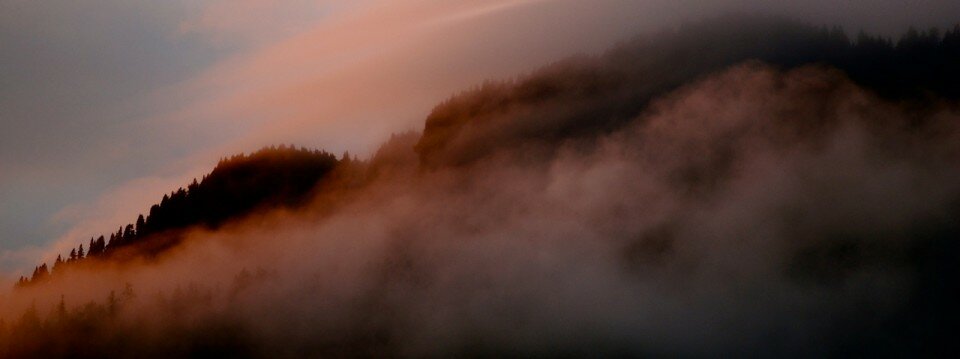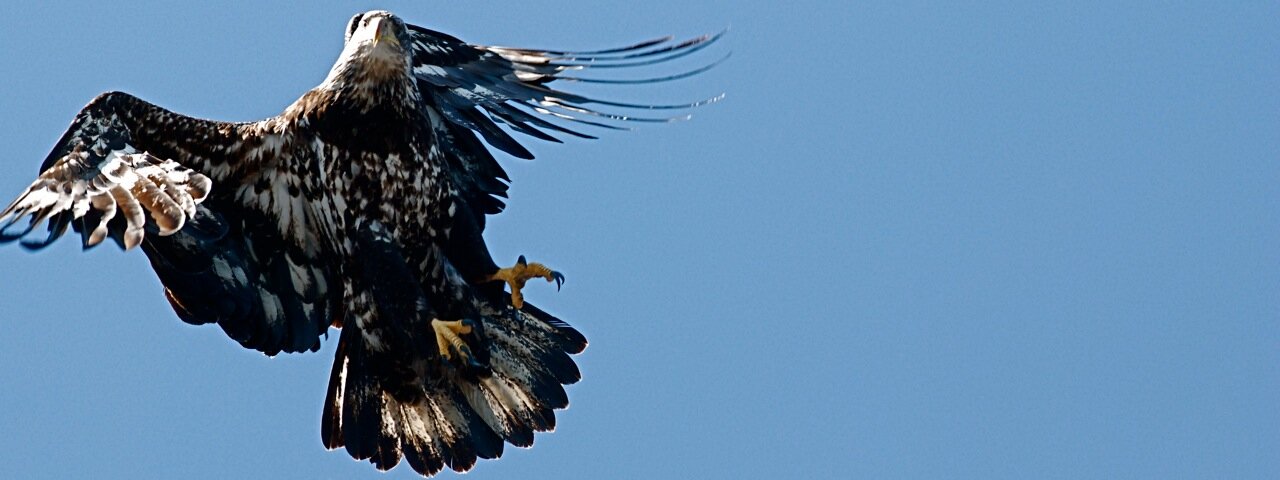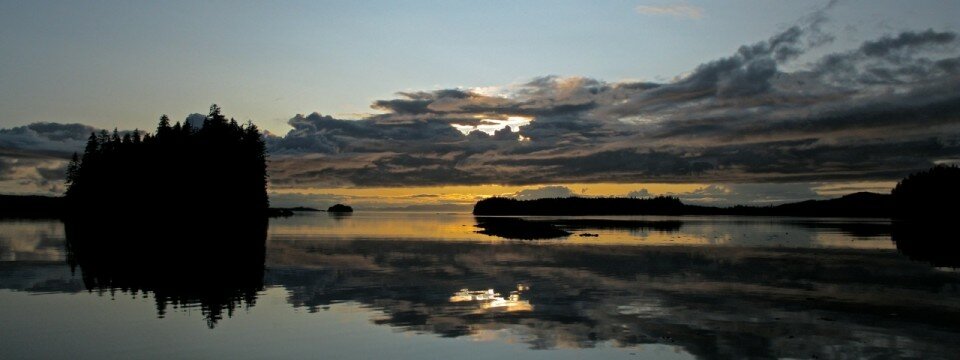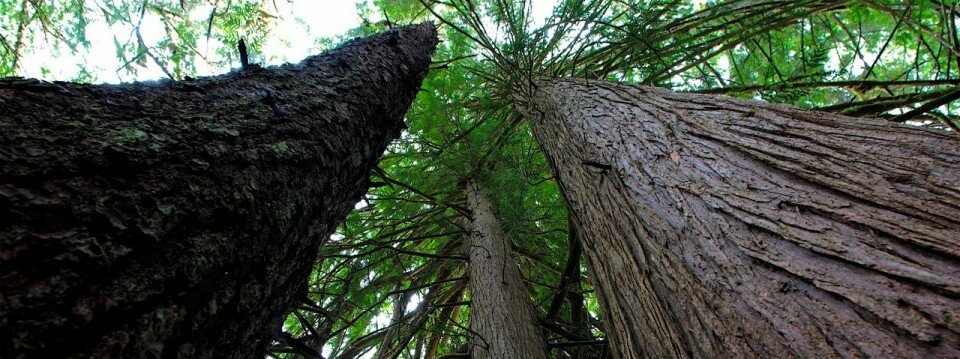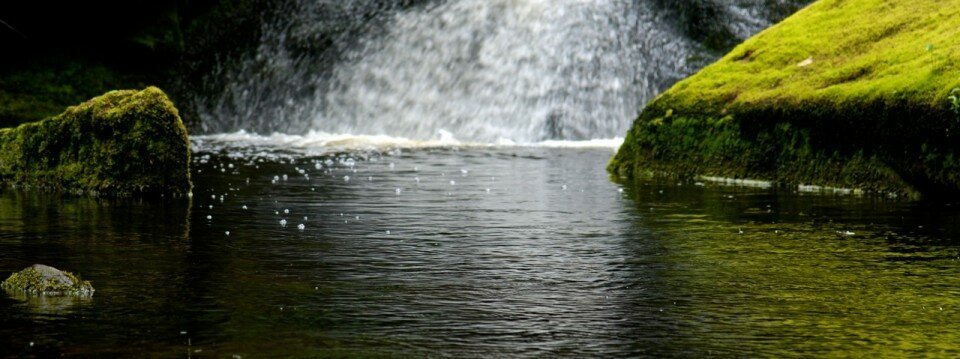Current Issues
- Fall 2017 Newsletter
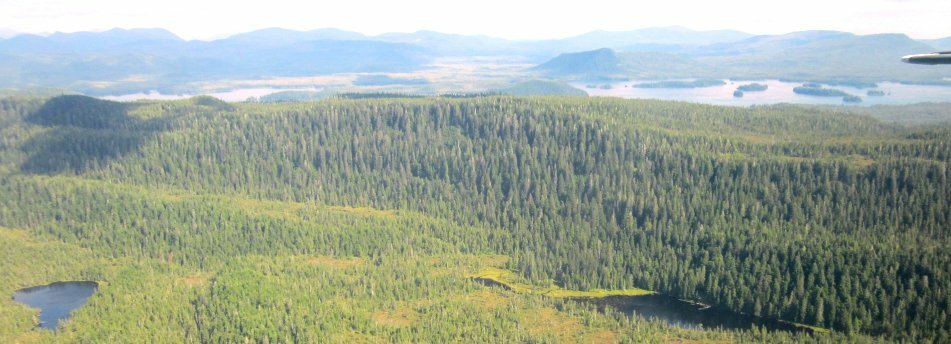 ARD's Fall 2016 Newsletter is ready for you to download - here. Topics covered include:read more
ARD's Fall 2016 Newsletter is ready for you to download - here. Topics covered include:read more• New ARD website comi…
- Stop AMHT's Tongass land swap - Ask for a federal buyout (URGENT)
 Update, May 15 SB-88 passed the legislature on May 10. The only hope now is a veto by governor, sending the bill back to the legislature for reconsideration. The grounds for this are that the Alaska Dept. of Fish & Game wa…read more
Update, May 15 SB-88 passed the legislature on May 10. The only hope now is a veto by governor, sending the bill back to the legislature for reconsideration. The grounds for this are that the Alaska Dept. of Fish & Game wa…read more - September 2016 Newsletter
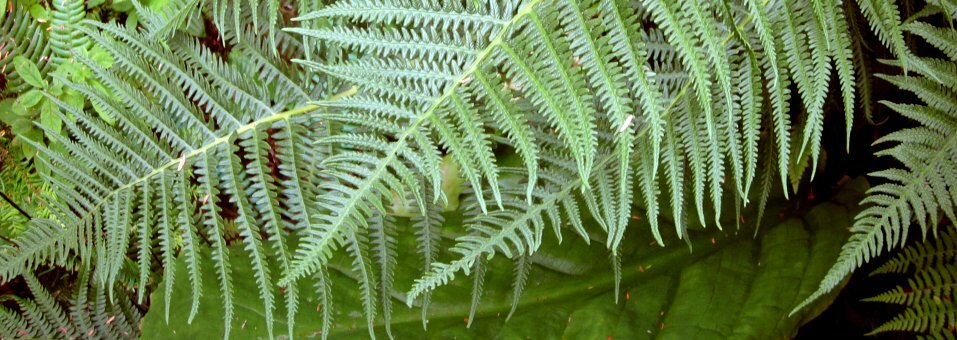 GSACC’s September 2016 Newsletter is ready for you to download - here. Topics covered include:read more
GSACC’s September 2016 Newsletter is ready for you to download - here. Topics covered include:read more• Murkowski’s bills to c…
- Catching up. We've been active!
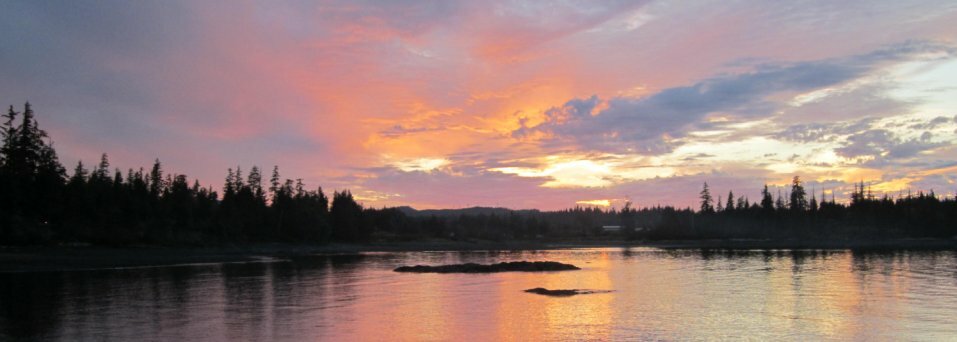 Here is an overdue update to this issues column, covering our many actions over the interim to defend Southeast's environment. The work has left us no time for documentation, until now. Here is a report you can download, describing our extensive acco…read more
Here is an overdue update to this issues column, covering our many actions over the interim to defend Southeast's environment. The work has left us no time for documentation, until now. Here is a report you can download, describing our extensive acco…read more - GSACC sues to stop Big Thorne logging
 Last week GSACC sued the Forest Service over its Big Thorne logging project, on Prince of Wales Island. We are joined by four other organizati…read more
Last week GSACC sued the Forest Service over its Big Thorne logging project, on Prince of Wales Island. We are joined by four other organizati…read more - Big Thorne is on hold: How an endemic species can halt a timber sale
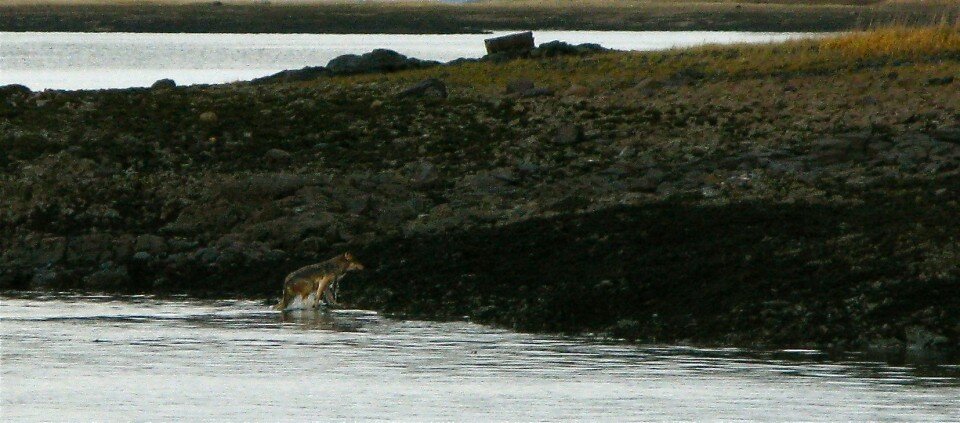 by GSACC board member Natalie Dawson “When you spend much time on islands with naturalists you will tend to hear two words in particular an awful lot: ‘endemic’ and ‘exotic’. Three if you count ‘disaster’. An ‘endemic’ species o…read more
by GSACC board member Natalie Dawson “When you spend much time on islands with naturalists you will tend to hear two words in particular an awful lot: ‘endemic’ and ‘exotic’. Three if you count ‘disaster’. An ‘endemic’ species o…read more - GSACC appeals the Big Thorne decision
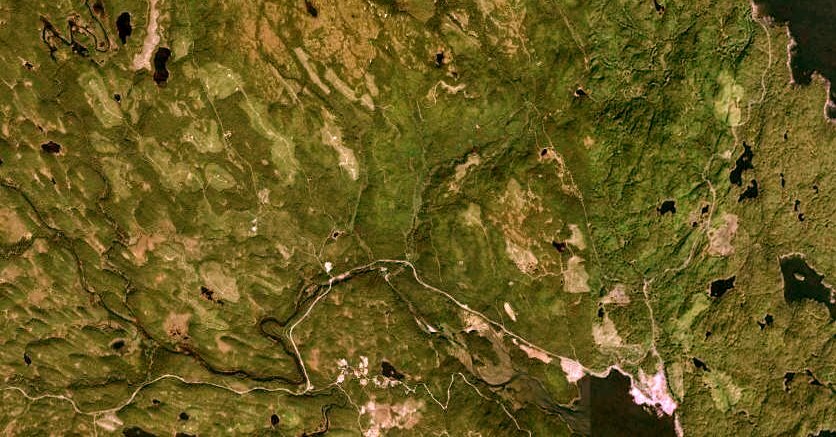 On August 16, GSACC and four other organizations filed an administrative appeal of the Tongass Forest Supervisor's decision to proceed with the Big Thorne timber project. The appeal went to to the next highest level in the agency, …read more
On August 16, GSACC and four other organizations filed an administrative appeal of the Tongass Forest Supervisor's decision to proceed with the Big Thorne timber project. The appeal went to to the next highest level in the agency, …read more - S.340 GLOBAL TREASURES IN THE KARST-&-CEDAR SHELL GAME 
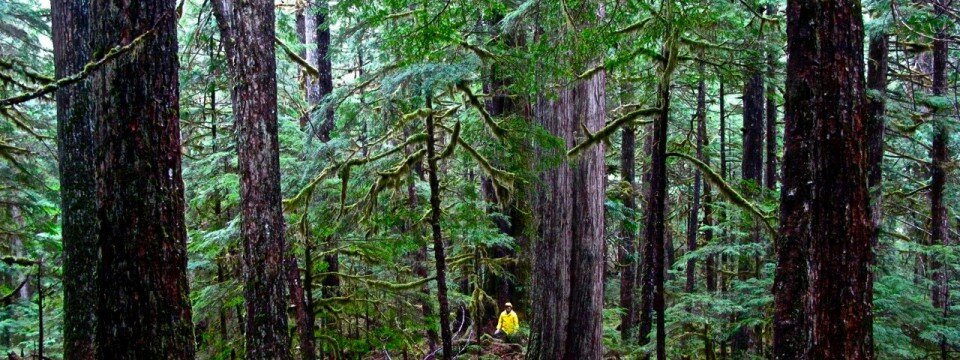 By Richard CarstensenEXECUTIVE SUMMARYThe Regional Native Corporation in Southeast Alaska (Sealaska Corp.) is seeking Congressional legislation that would change the terms of the Alaska …read more
By Richard CarstensenEXECUTIVE SUMMARYThe Regional Native Corporation in Southeast Alaska (Sealaska Corp.) is seeking Congressional legislation that would change the terms of the Alaska …read more - Tongass Timber Economics 101
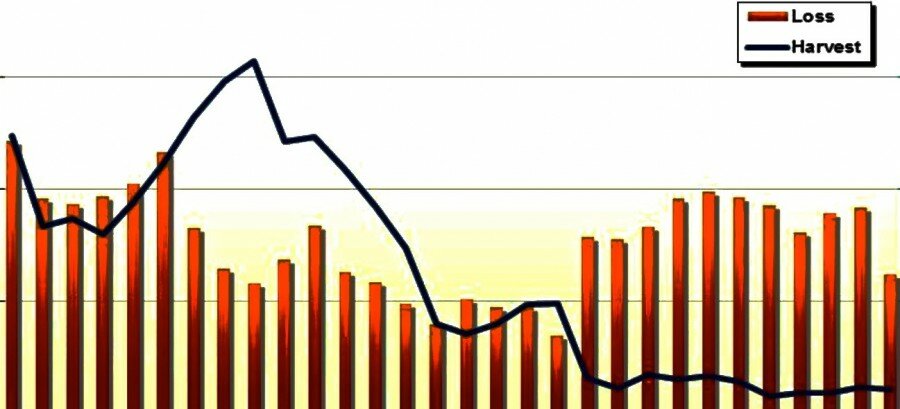 By Joseph R. Mehrkens (retired USFS economist) Last revised: 4/20/2013 This paper is designed as a briefing paper. Future revisions and additions will periodically occur. It will be available on the Gr…read more
By Joseph R. Mehrkens (retired USFS economist) Last revised: 4/20/2013 This paper is designed as a briefing paper. Future revisions and additions will periodically occur. It will be available on the Gr…read more - GSACC Position Statement on HR.740/S.340 “The Southeast Alaska Land Entitlement Finalization and Jobs Protection Act”
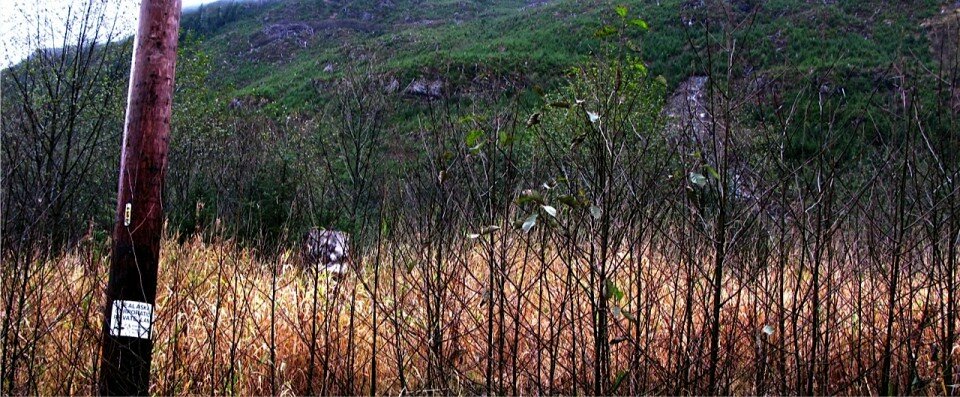 The Greater Southeast Alaska Conservation Community (GSACC) is a regional grassroots conservation organization dedicated to the protection of healthy, fully functioning forests, lands and waters of Southeast Alaska. As such, GSACC…read more
The Greater Southeast Alaska Conservation Community (GSACC) is a regional grassroots conservation organization dedicated to the protection of healthy, fully functioning forests, lands and waters of Southeast Alaska. As such, GSACC…read more - Habitat Tipping Point: Deer Season Cut, Intensive Wolf Trapping Looms
 Clearcut of deer winter habitat on the Tonka road system. During the state’s January 2013 Board of Game meeting in Sitka, the Alaska Department of Fish and Game’s (ADFG) Wildlife Division reported a crash in the Lindenberg Peninsula…read more
Clearcut of deer winter habitat on the Tonka road system. During the state’s January 2013 Board of Game meeting in Sitka, the Alaska Department of Fish and Game’s (ADFG) Wildlife Division reported a crash in the Lindenberg Peninsula…read more - Permitting The Pothole and Reversing an Area Plan: From Crab Pots, To Log Rafts?
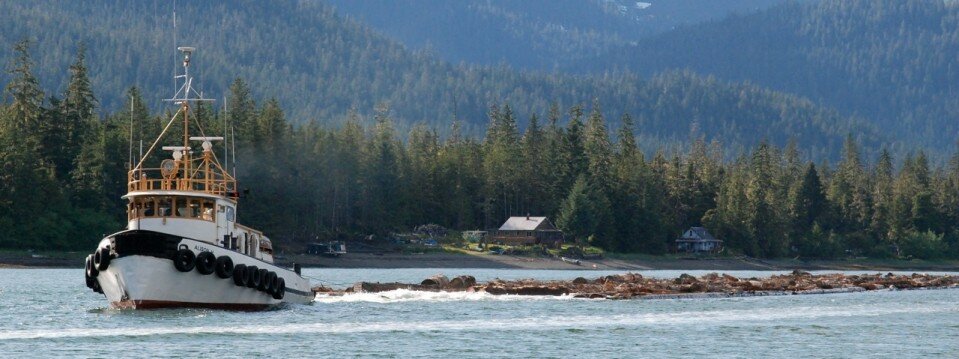 Where: The Pothole of Alexander Bay indents the eastern shore of Woewodski Island, just to the south of Kupreanof Island’s Lindenberg Peninsula, 20 miles south of Petersburg. The Pothole lies nort…read more
Where: The Pothole of Alexander Bay indents the eastern shore of Woewodski Island, just to the south of Kupreanof Island’s Lindenberg Peninsula, 20 miles south of Petersburg. The Pothole lies nort…read more - Pandora's Box: "The Southeast Alaska Land Entitlement Finalization and Jobs Protection Act"
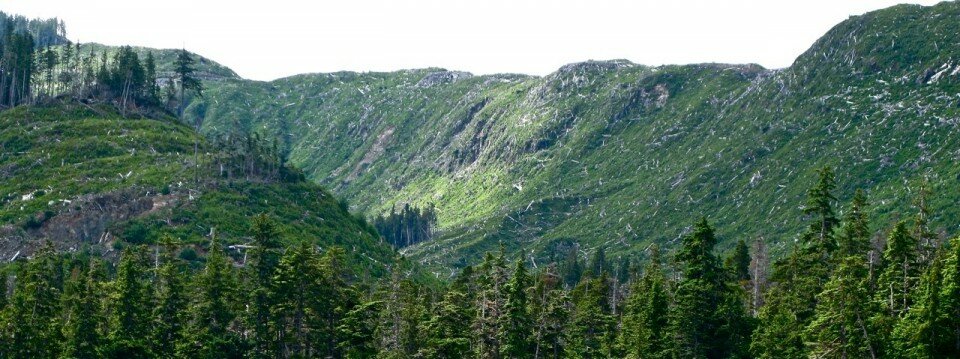 Since 2007, Alaska's congressional delegation has been pushing legislation for a special land deal for one Alaska Native corporation, Sealaska. The 1971 Alaska Native Claims Settlement Act (ANCSA) authorized the corporation to select ac…read more
Since 2007, Alaska's congressional delegation has been pushing legislation for a special land deal for one Alaska Native corporation, Sealaska. The 1971 Alaska Native Claims Settlement Act (ANCSA) authorized the corporation to select ac…read more - The Tonka Timber Sale
 Overview: The Tonka Timber Sale Draft Environmental Impact Statement (DEIS) was released to the public in early November 2011 by the US Forest Service (USFS) Petersburg Ranger District. This document describes the “Purpose and N…read more
Overview: The Tonka Timber Sale Draft Environmental Impact Statement (DEIS) was released to the public in early November 2011 by the US Forest Service (USFS) Petersburg Ranger District. This document describes the “Purpose and N…read more
News Alerts

Featured Videos
“Groundtruthing the Tongass” is an 8 minute video by Cascadia Wildlands, one of our allies on Tongass issues for many years. It was filmed in 2016 during field inspections of the Forest Service’s Wrangell Island Project during the preparation period for our comments on this timber project’s draft EIS, and of on-going logging in the Big Thorne timber sale on Prince of Wales Island. ARD’s Larry Edwards was on the trip.
What’s the issue with logging, wolves and deer? This video presentation explains it brilliantly. Called Wolves in Southeast Alaska, it was delivered by former Alaska Department of Fish & Game wolf & deer researcher Dr. David Person, at the Alaska Board of Game’s November 2010 meeting in Ketchikan. It is even more poignant now than it was then. ARD and Greenpeace have recreated the presentation by combining the official audio recording of the presentation with the original PowerPoint. ( 34 minutes, plus 18 minutes of Q-&-A from the Board of Game. )
Ocean Acidification and Southeast Alaska’s Fisheries: A video essay by ARD member David Beebe.
Romeo the Wolf, Sculpture
Artist’s remarks: “I chose Romeo the wolf as the subject of my first bronze sculpture because he was the ultimate ambassador for the Wilderness. There is a magic in interspecies connections. Through his social interactions he educated people to understand that wolves are complex thinking beings worthy of our respect and protection. Healthy populations of wolves denote a healthy ecosystem. ARD has worked tirelessly on behalf of the constantly threatened Alexander Archipelago wolf and its habitat. 40% of the profits from the sale of this sculpture will go directly to fund ARD’s efforts.”
The wolf is cast bronze mounted upon a stainless steel plate patinated to look like ice. The base is walnut. The edition will be limited to 30. The wolf measures approximately 13” from the nose to the tail tip, 8 1/2″ at the top of the shoulder, and 9 1/2″ to the top of the ears. Romeo is depicted with intently-focused eyes, ears, and nose, focussing a split second before he swerves to the right.

The following radio commentary by Joan Kautzer, sculptor of “Romeo,” exemplifies her connection with Canis lupus ligoni — a subspecies known as the Alexander Archipelago wolf. in the commentary, Joan speaks in opposition to a proposal by the state of Alaska, after allowing unsustainable clearcutting of old growth forest habitat, and then instituting “intensive management” (a directed wolf trapping and hunting program that would reduce wolves by 80% in target areas.) This was deemed necessary because the clearcuts and associated road system eliminated critical deer winter habitat resulting in decimated Sitka blacktail deer populations.
To get your own Romeo sculpture, please phone the artist @ The artist will handle the entirety of the transaction.
Partners:

We are thrilled to announce our partnership with Energy Casino Kasyno Internetowe, a renowned leader in the virtual gaming industry. Energy Casino offers an extensive selection of slot machines and table games, ensuring that players have access to a diverse and exciting gaming experience. With cutting-edge technology and seamless gameplay, gamers can enjoy high-quality graphics and smooth performance from the comfort of their own homes. This collaboration allows us to provide our audience with a truly exceptional online casino experience that combines entertainment and innovation. Join us in exploring the exhilarating world of Energy Casino, where every spin and deal is a step into unforgettable excitement!





